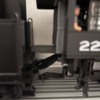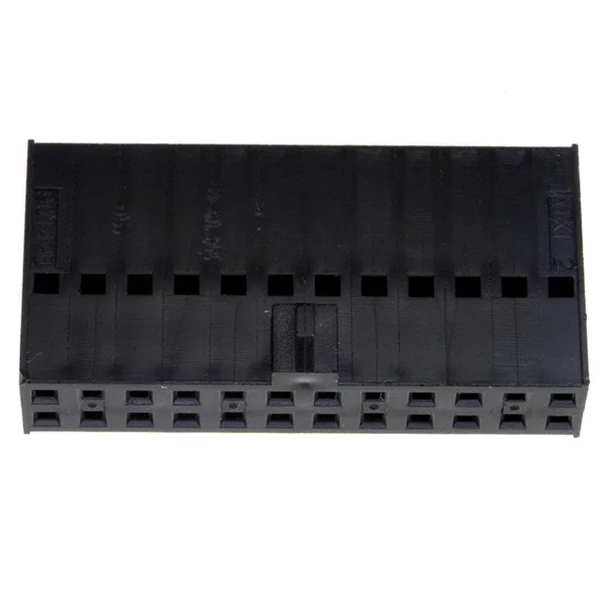@Arnold D. Cribari posted:Under warranty, Lionel extended the tether, which helped,but I still had the problem this morning.
It's this simple, plug in the tether completely. I don't know if you are worried of breaking it, lack of finger dexterity, whatever, but clearly this is simple problem of not plugging in the tether fully, and then your attempt to run it and it comes unplugged.
I own one of this series 2231530 Bethlehem Steel, and the local hobby shop also has one on the shelf. So yes, with first hand knowledge, this is a difficult engine to get right, it's a wide plug tether and not the best idea out of big "L", not the best locking or latching connector system, and yes, it takes some force to FULLY seat the tether into the back of the engine. If you fail to do that step- then you are going to have a problem with it unplugging.
So again, use some force, view the tether with a magnifier if you need to to see how far it has seated into the plug and when it finally stops moving in, but it must be all the way and that takes some force.









